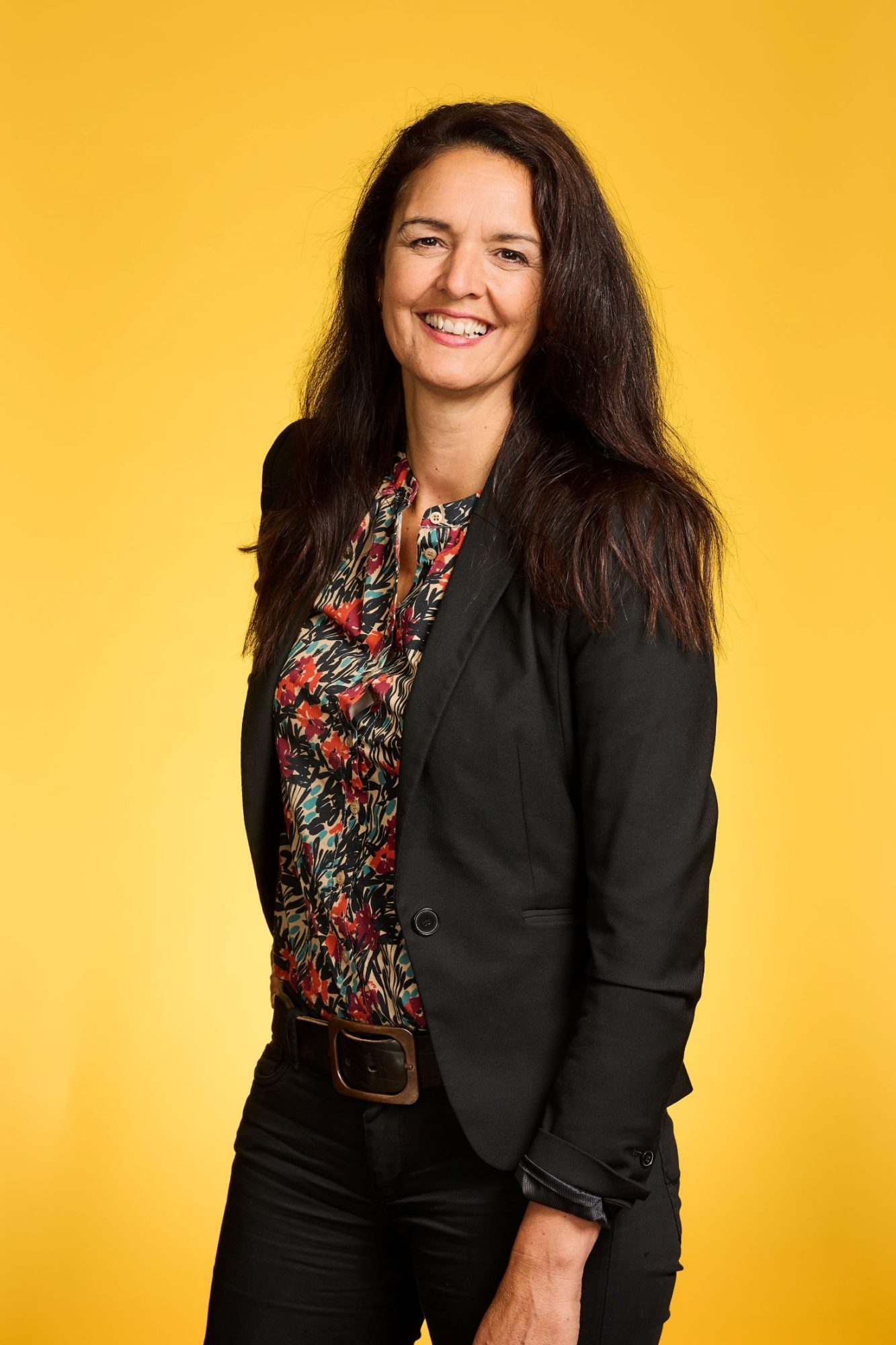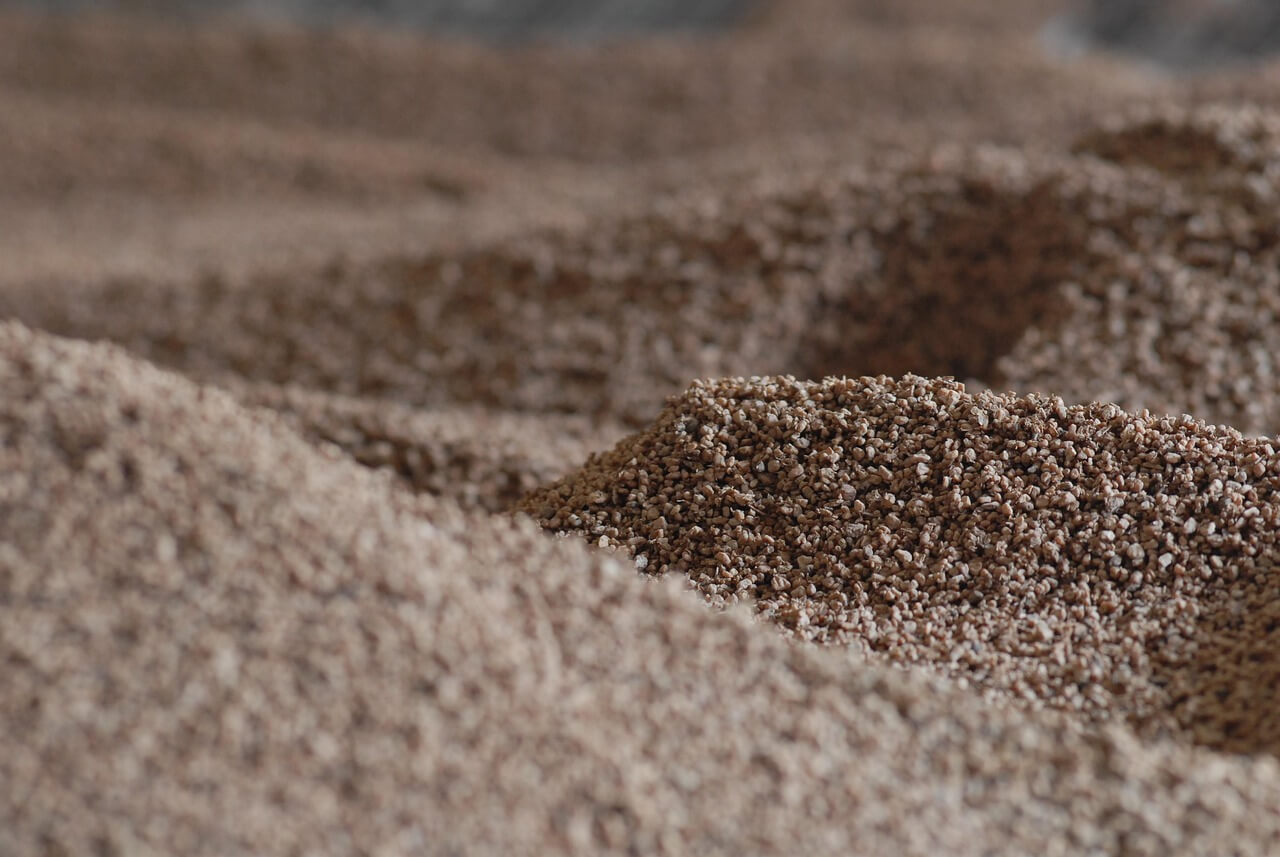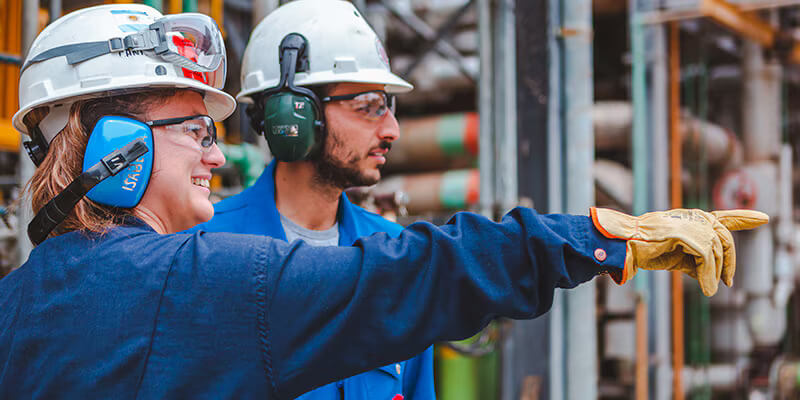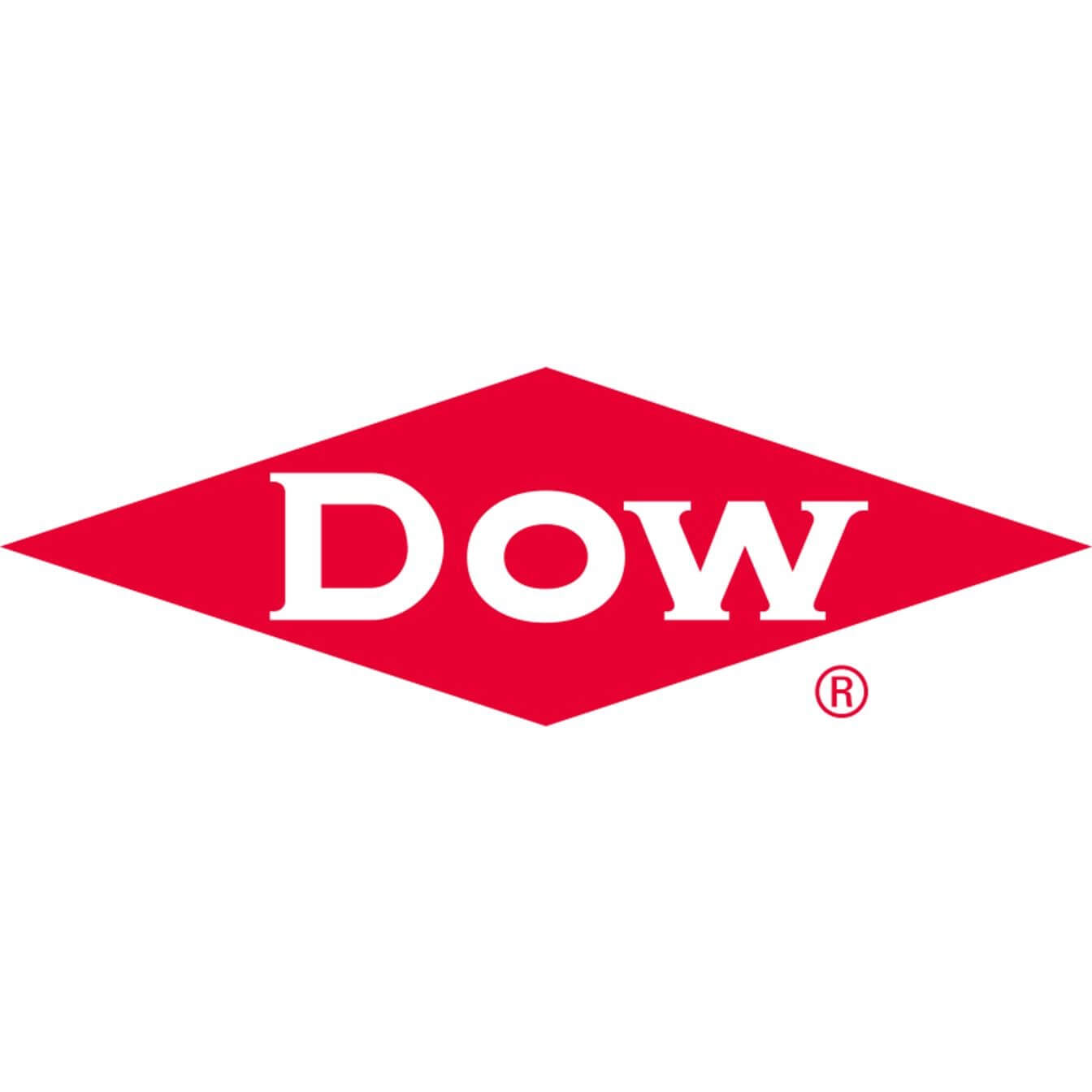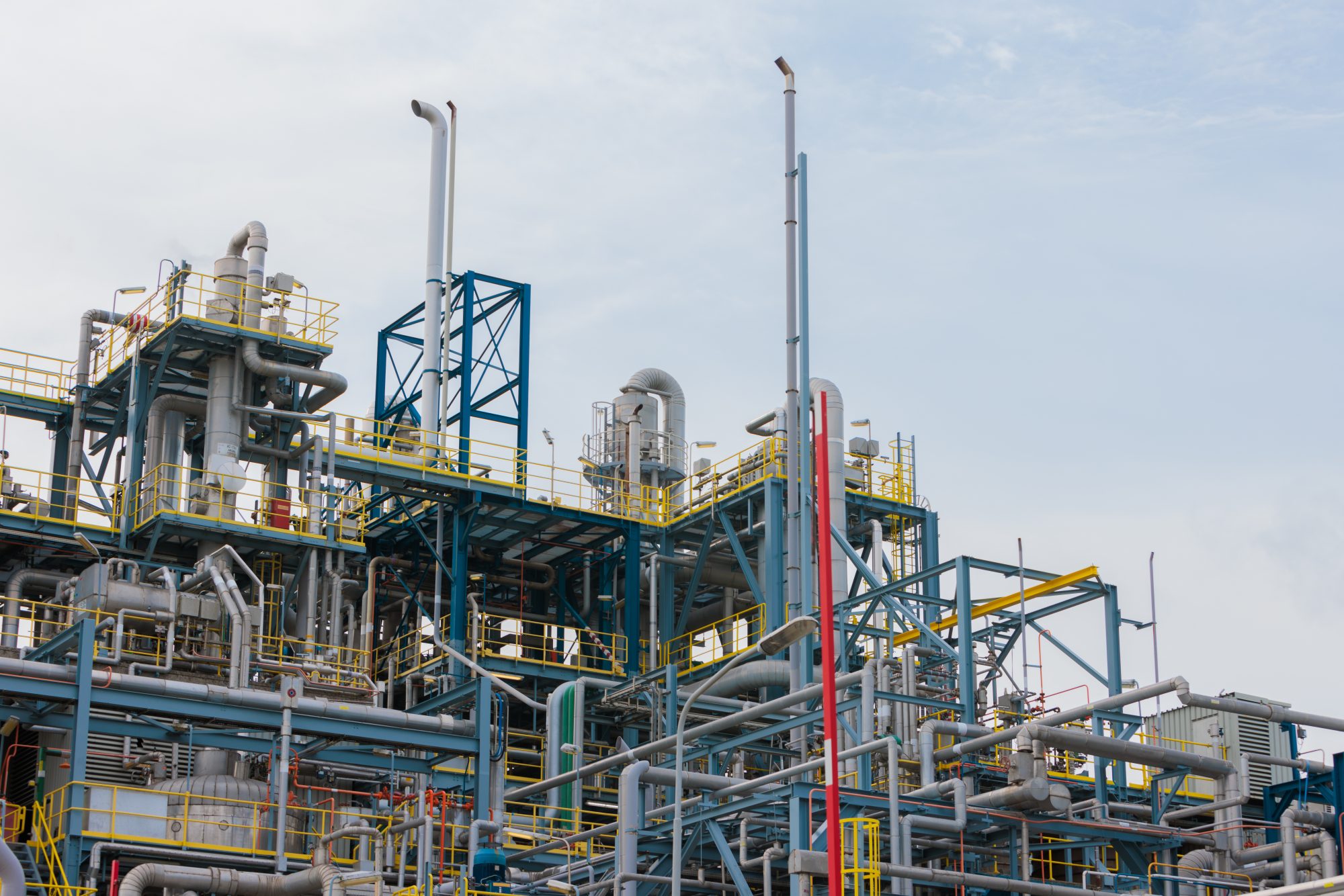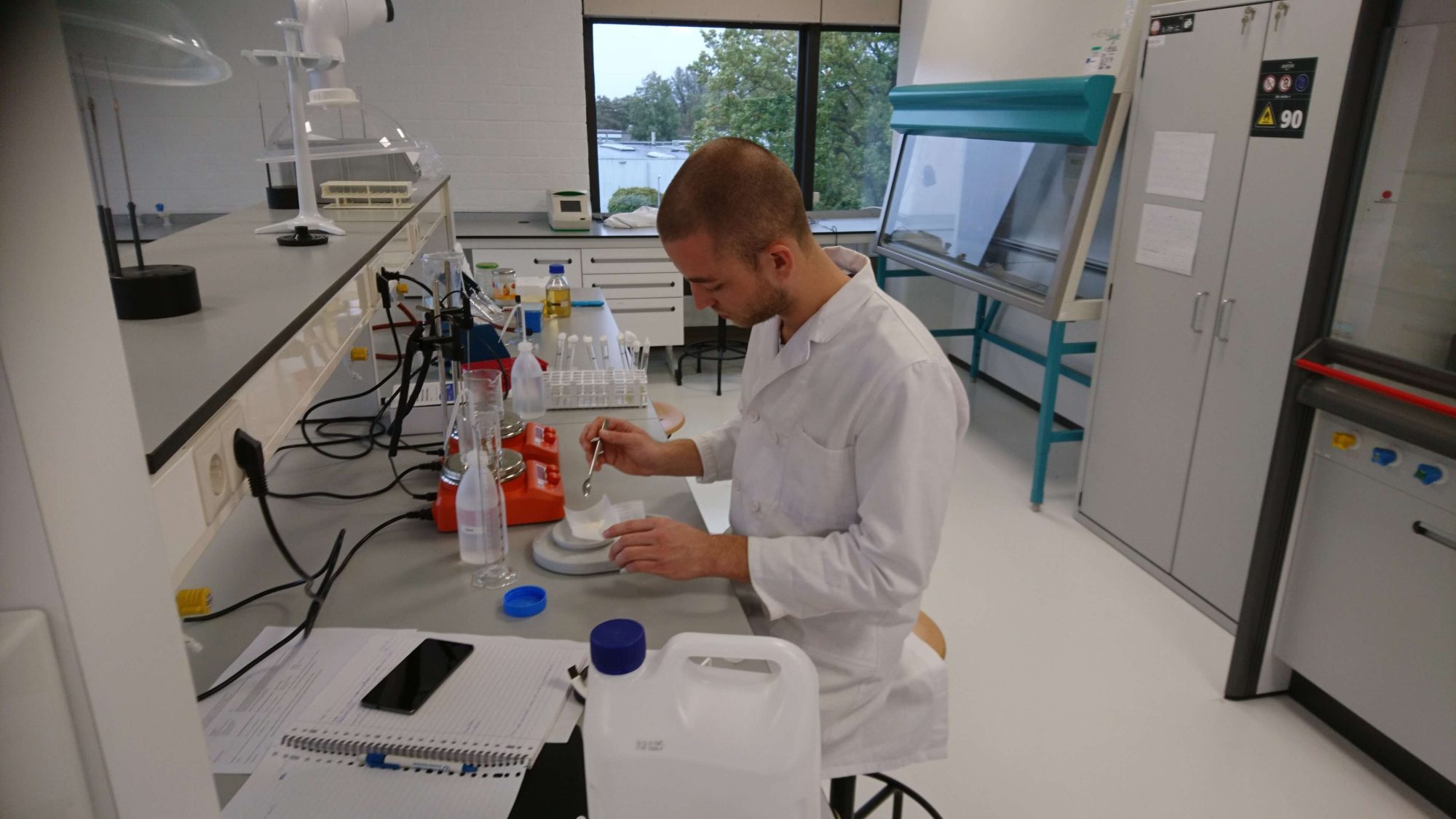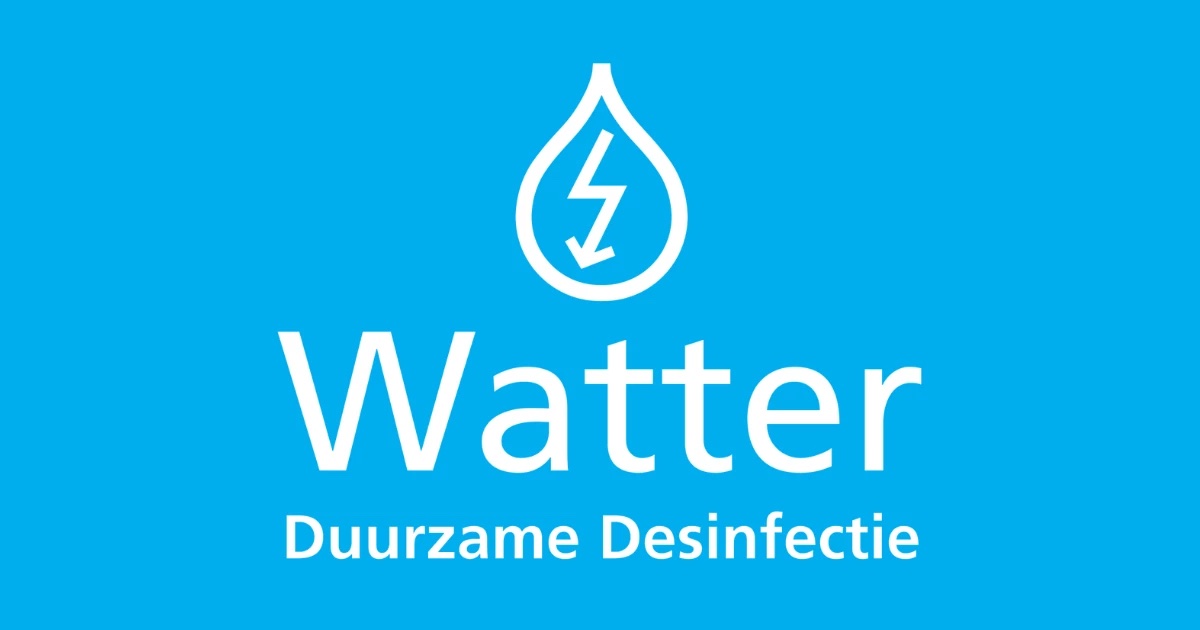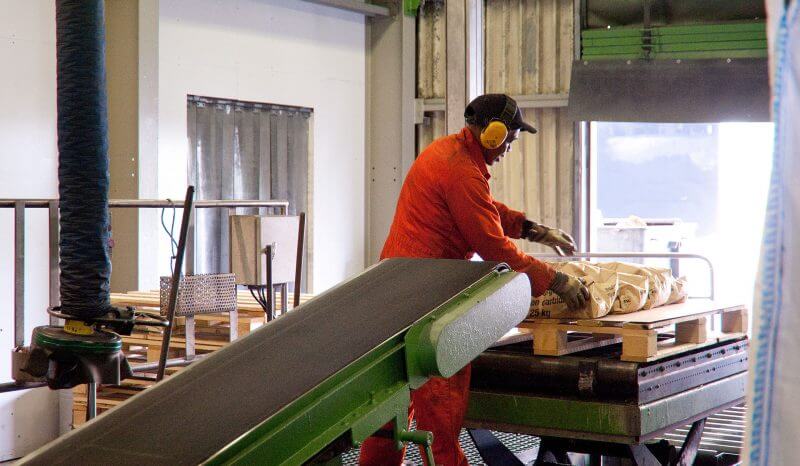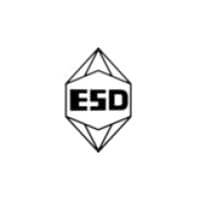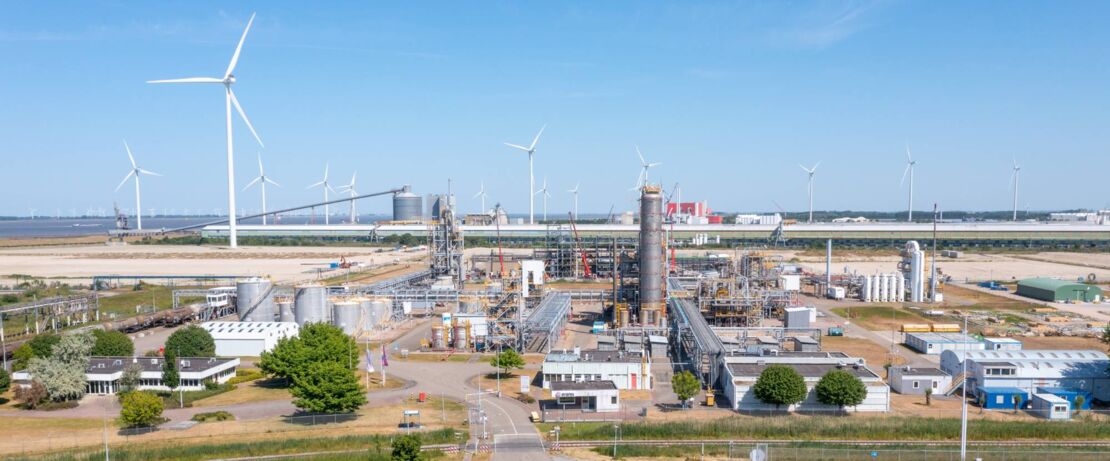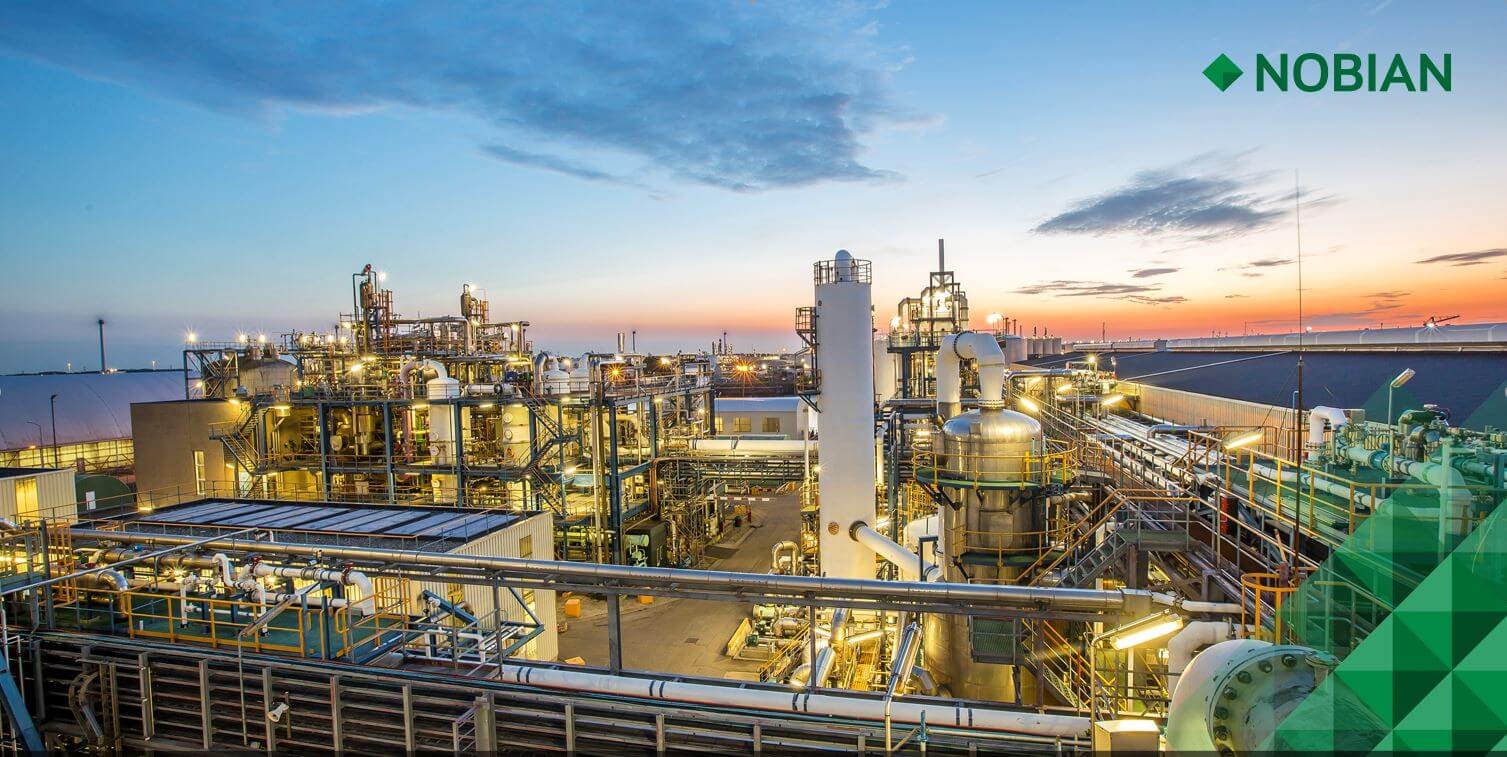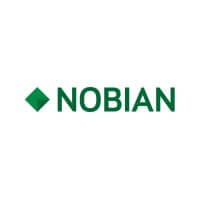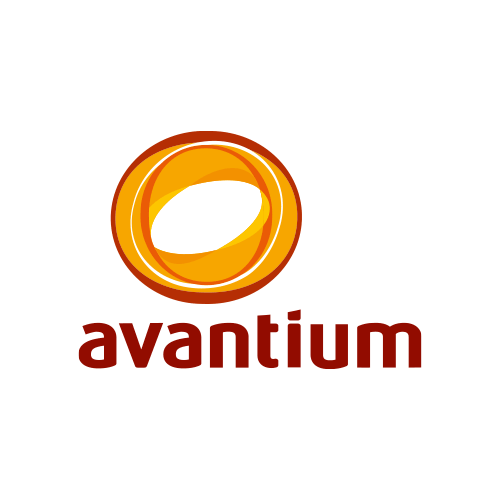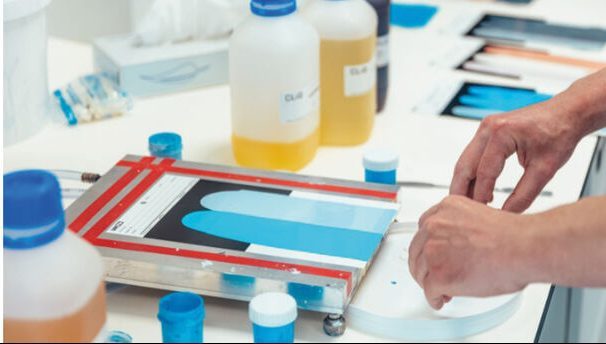Pages
Search the website
Jobs
Companies
Events
The (green) chemistry sector of the Northern Netherlands
The Northern Netherlands has a substantial history in the chemical sector, and has over the last ten years shifted its focus towards ‘greening’ the processes and materials involved in creating vital chemicals for modern life.
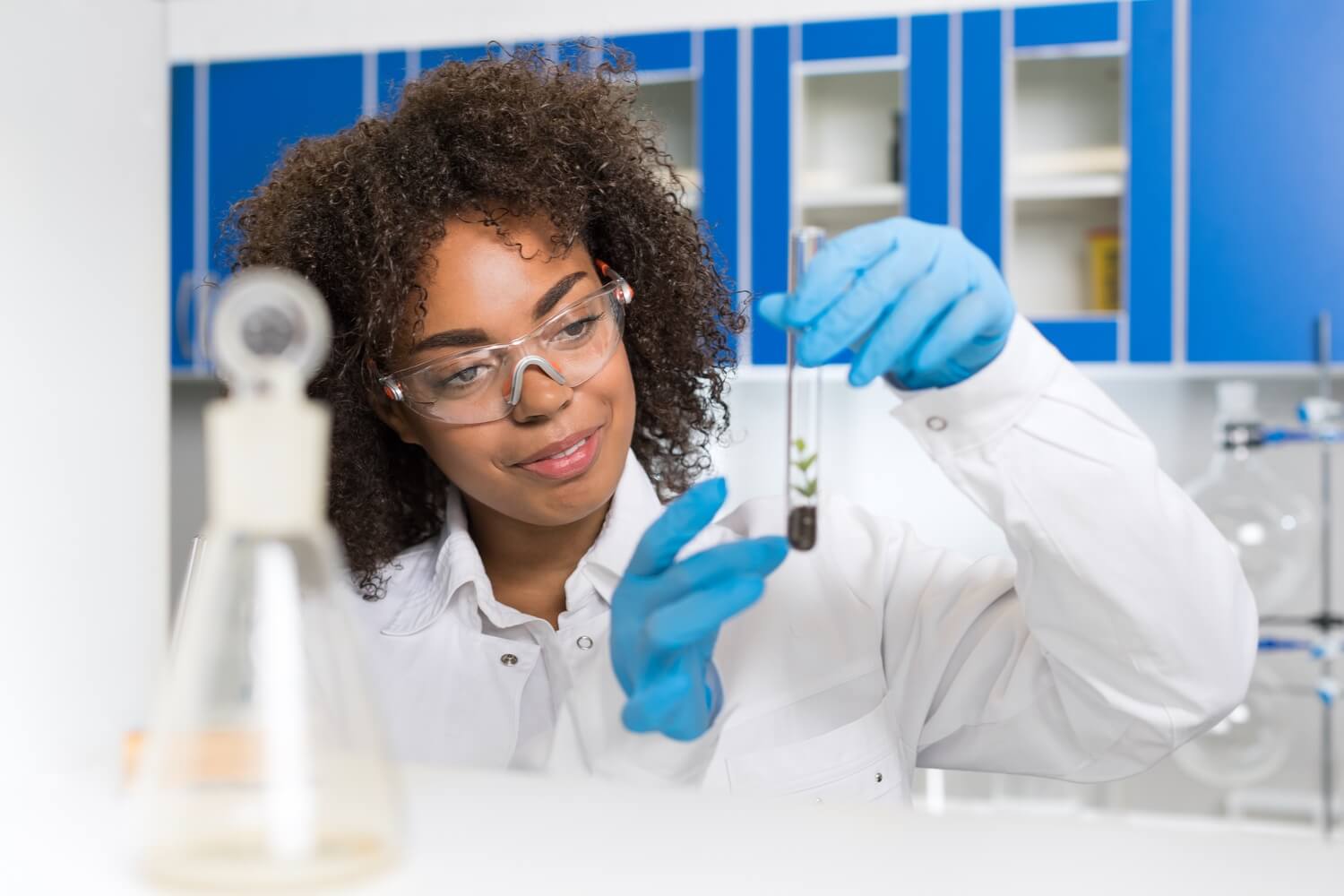
Leading by 2030
In their pursuit toward sustainable, low-impact chemical production Groningen, Friesland, and Drenthe have emerged as hubs for green chemistry.
The ambition of stakeholders working in this sector is clear. Not least the one of Chemport Europe which has transformed the local sector. Chemport is aiming to be the leader in green chemistry in Europe by 2030. All the necessary ingredients are in place: large chemical production sites, an agricultural hinterland for bio-based feedstocks, access to renewable energy (notably offshore wind), a seaport for logistics, strong research institutions, and active government support. It currently consists of two integrated chemical clusters in Delfzijl and Emmen, a large knowledge cluster centred around the universities in Groningen, and recycling expertise located around Heerenveen.
Groningen
In the province of Groningen, one could say the green chemistry sector has long been centred around the port of Delfzijl. By the 1970s, Delfzijl was established as a major petrochemical cluster, albeit one with significant pollution challenges in its early decades. Groningen took an early lead in the transition away from fossil feedstocks, with one milestone being the founding of BioMCN in 2006 to produce bio-methanol from glycerin (a biodiesel byproduct) at the existing Delfzijl methanol plant. More recently, technology company Avantium built a €200 million “FDCA” bioplastics factory there to make PEF, a 100% plant-based, recyclable plastic.
Drenthe
Drenthe’s green chemistry story centres on the Emmen area, which for decades has been a hub of polymer and fibre chemistry. Emmen’s chemical industry began in the mid-20th century with companies like AKZO that produced synthetic fibres and plastics, making the region a European leader in polyester and industrial yarns.
Friesland
People usually associate Friesland mostly with agriculture and water technology, but the province has been no stranger to circular innovation. The Nationaal Testcentrum Circulaire Plastics (NTCP) was established in 2019 in Heerenveen as a leading facility in Europe for plastics recycling research, specializing in sorting and washing plastic waste on an industrial pilot scale.
Another Friesland-based innovator is Paques Biomaterials . Paques developed the necessary biotechnology to produce PHA bioplastic using bacteria that consume organic wastewater. In 2023 it opened the world’s first demonstration plant for fully biodegradable PHA, and it is now scaling up to build a full-scale biopolymer plant (in collaboration with partners in Drenthe).
Educational pathways leading into green chemistry
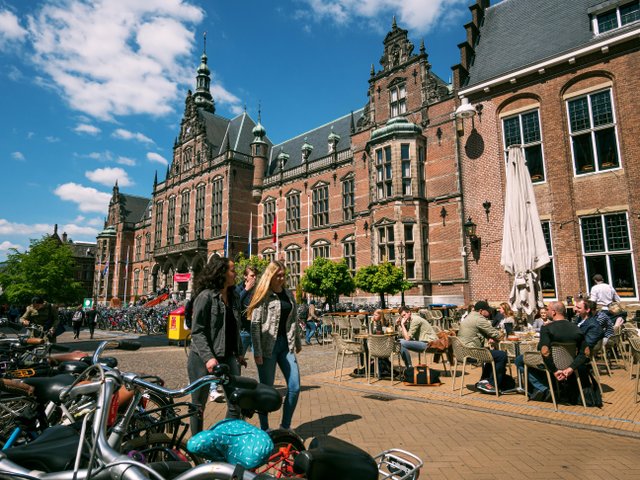
The success of this sector is perhaps easier to explain when one considers the strong educational institutions that supply the human capital for its green chemistry sector. The University of Groningen and various universities of applied sciences are heavily involved in new methods put into practice at Chemport Europe. One of the major institutions fostering this co-working is Campus Groningen, which works on more than one innovative Northern Dutch sector, but particularly supports the efforts of research institutions such as the Green Chemical Reaction Engineering Group at the University of Groningen, or the Zernike Institute for Advanced Materials and Stratingh Institute for Chemistry.
- University of Groningen (RUG) – As one of the country’s top research universities, RUG provides fundamental education in chemistry, chemical engineering, and related fields
- Hanze University of Applied Sciences – It offers practical, industry-oriented programs that feed directly into local industry. Notably, it offers a Bachelor’s in Chemistry and a Bachelor’s in Chemical Engineering (Chemische Technologie)
- NHL Stenden University of Applied Sciences – NHL Stenden serves the region with its HBO Bachelor in Chemistry, training students in analytical and organic chemistry with an eye toward industry needs
Meet our newest sector ambassador!
The North of the Netherlands is at the forefront of green chemistry, focusing on the transition from fossil to sustainable carbon. In my role, I experience first-hand how international expertise strengthens our green chemistry ecosystem.
![Maaike Van Heeren (web)]() Maaike van Heeren Chemport Europe Program Manager
Maaike van Heeren Chemport Europe Program Manager
